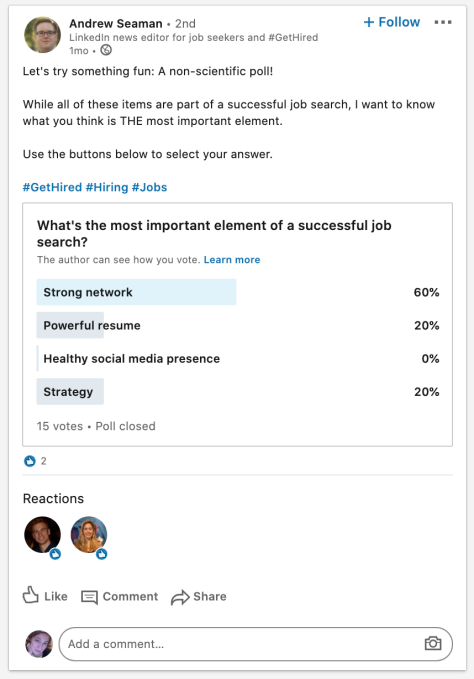Small and medium businesses and sole-traders account for the vast majority of businesses globally, 99.9% of all enterprises in the U.K. alone. And while the existence of millions of separate companies, with their individual demands, speaks of a fragmented market, together they still represent a lot of opportunity. Today, a U.K. fintech startup looking to capitalise on that is announcing a round of growth funding to enter Europe after onboarding 20,000 customers in its home country.
ANNA, a mobile-first banking, tax accounting and financial service assistant aimed at small and medium businesses and freelancers, has closed a $21 million (£17.5 million) round of investment from a single investor, the ABHH Group, the sometimes controversial owner of Alfa Bank in Russia, the Amsterdam Trade Bank in the Netherlands and other businesses.
The investment is a strategic one: ANNA will be using the funding to expand for the first time outside of the U.K. into Europe, and CEO Eduard Panteleev said that effort will be built on Amsterdam Trade Bank’s rails. He confirmed that the investment values ANNA at $110 million, and the founders keep control of 40% of the company in the deal.
The fundraising started before COVID-19 really picked up speed, but its chilling effect on the economy has also had a direct impact on the very businesses that ANNA targets as customers: some have seen drastic reductions in commercial activity, and some have shuttered their businesses altogether.
Despite this, the situation hasn’t changed measurably for ANNA, Panteleev said.
“COVID-19 hasn’t impacted us so far. We are designed as a digital business, and so working from home was a completely normal shift for us to make,” he said, but added that when it comes to the customers, “Yes, we have seen that our customers’ incoming payments are quite affected, with 15-30% decrease in the volume of customer payments.” The firm belief that ANNA and investors have, however, is that business will bounce back, and ANNA wants to make sure it’s in a strong position when it does.
ANNA is an acronym for “Absolutely No Nonsense Admin,” and that explains the gist of what it aims to do: it provides an all-in-one service for smaller enterprises that lets them run a business account to make and receive payments, along with software for invoicing, accounting and managing taxes that is run through a chat interface to assist you and automate some of the functions (like invoice tracking). ANNA also offers additional services, such as connecting you to a live accountant during tax season.
ANNA is part of a wave of fintech startups that have cropped up in the last several years specifically targeting SMEs .
It used to be the case that SMEs and freelancers were drastically underserved in the world of financial services: their business, even collectively, is not as lucrative as accounts from larger enterprises, and therefore there was little innovation or attention paid to how to improve their experience or offerings, and so whatever traditional banks had to offer was what they got.
All that changed with the rise of “fintech” as a salient category: ever-smarter smartphones and app usage are now ubiquitous, broadband is inexpensive and also widespread, cloud and other technology has turbo charged what people can do on their devices and people are just more digitally savvy. And many startups have taken advantage of all that to develop fintech services catering to SMEs, which also has meant competition from the likes of Monzo, Revolut, Tide and now even offerings from high-street banks like NatWest, and further afield startups like Mercury, Wise and BlueVine.
Panteleev believes ANNA’s product stands separate from these. “We offer more of a financial assistant to users, rather than just moving their money, and it’s also a different business case, because we look at what a user needs more holistically,” he said. Pricing is also a little different: businesses with monthly income of less than $500 can use ANNA for free. It then goes up on a sliding scale to a maximum of £19.90 per month, for those with monthly income between £20,000 and £500,000.
Panteleev — who co-founded the company with Andrey Pachay, Boris Dyakonov, Daljit Singh, Nikita Filippov and Slava Akulov — is a repeat entrepreneur, having founded two other banking startups in Russia with Dyakonov that are still going: Knopka (Russian for button) and Totchka (Russian for dot). These are older and more established: Totchka for example has some 500,000 users, but Panteleev has said there are no plans to try to bring ANNA into the Russian market, nor take these other companies international.
For ABHH, the attraction of investing in this particular startup was probably two-fold. The businesses have Russian DNA in common, making for potentially a better cultural fit, but also it is yet another example of a legacy, large bank tapping into a smaller and more fleet-of-foot startup to address a market sector that the bigger company might be more challenged to do alone.
“I’m looking forward to embarking on this exciting journey together,” said Alan Vaksman, member of the supervisory board at Amsterdam Trade Bank and future chairman of ANNA, in a statement. “At this moment most SMEs find themselves in a challenging situation; however, once the pandemic comes to an end, there will be a very clear realisation that neither corporates nor family businesses can afford to run most operational processes manually. Tech services and platforms, like ANNA, are in for some dynamic times ahead.”

![]()


